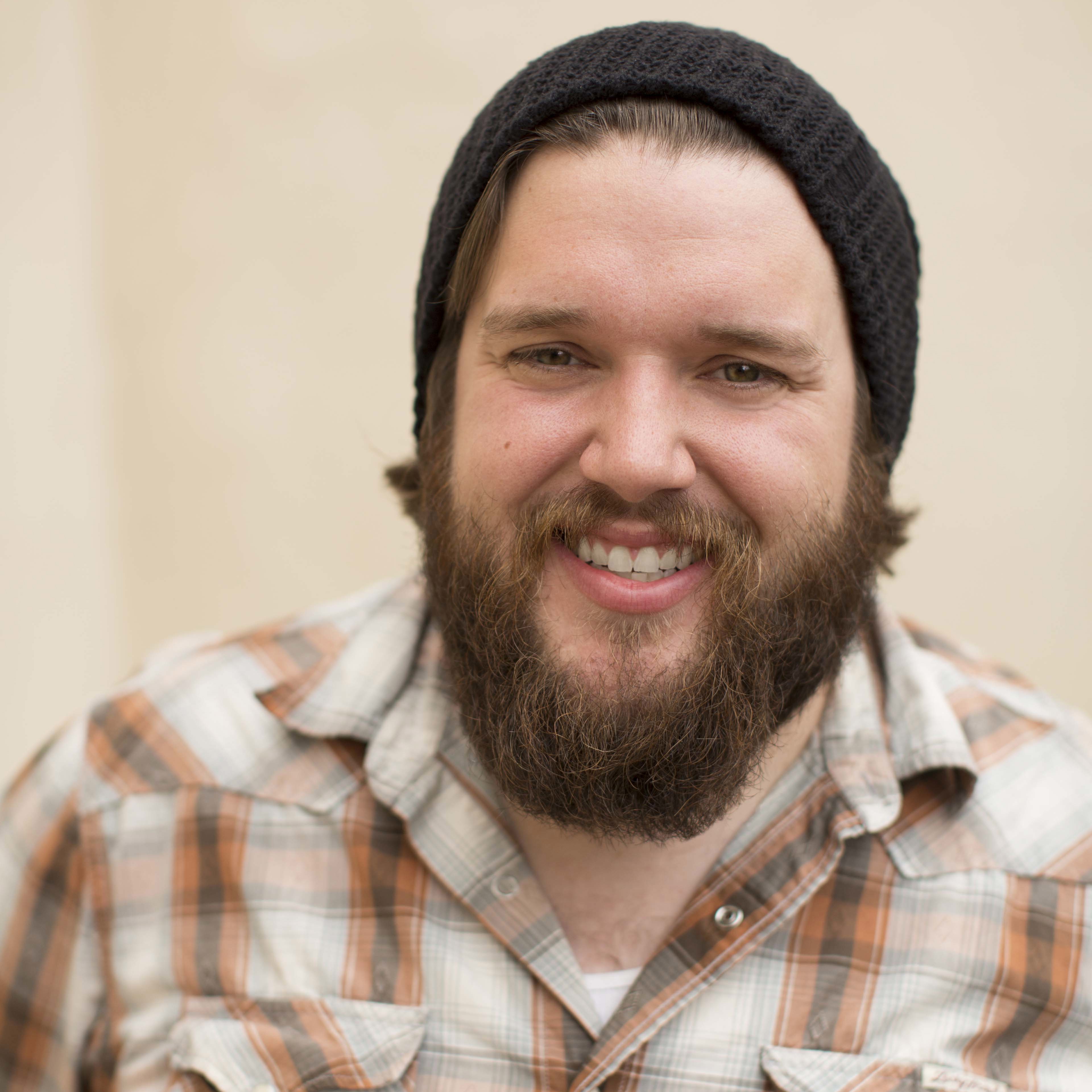Story
On the Right Side of Preservation
Filming "Wrong Side Up"
Picture this: A dusty road leads out to a vast expanse of prairie land. You’re in the small town of Campo, Colorado, population 109. Tumbleweeds skip across the path like somersaulting skeletons. The land is flat so the wind is apparent, and if you listen closely, you can hear the war cries of the Comanche from another era. At the end of the path is the Little Homestead house, a one-bedroom cabin that withstood the harsh times of the Dust Bowl.
Cut to present day. The Little Homestead house becomes the primary shooting location for our historical fiction film, Wrong Side Up. The film is a coming of age story about a twelve-year-old boy whose fate is determined by his father's departure and the impending Dust Bowl as he is forced to care for his family and their farm.
West of Campo—bordering South Park—is the old Como High School, which operated as a public education institution from 1883 through 1948. The tiny one-room building, which graduated its last class in 1937, easily became our on-screen school in the blink of an eye.
Because of History Colorado’s hard work and diligence to preserve these special locations, all we had to do as filmmakers was bring a camera, a crew, a cast and hit “Record.” History Colorado staff made it so easy to experience and capture history authentically and with great credibility. In fact, we could not have portrayed our dirty ’30s setting so accurately without them. I couldn’t imagine shooting Wrong Side Up anywhere else since the backdrop of our film is equally as important as the cast, and the Dust Bowl becomes a predominant character in the narrative.
Locations aside, perhaps the best part about shooting in Colorado was the communities that came along with the locations. Coloradans are proud of their history and are eager to share their stories with you. Filming in these historical places allows for a symbiotic relationship. It contributes financially to the community through things like lodging, food and other forms of compensation, while at the same time contributing to the filmmaker and audience a new perspective on Colorado’s history and culture.
By drawing upon the past, we enable ourselves to create future content. History Colorado’s preservation efforts provide smaller towns and communities with the opportunity to attract outside interest and production dollars. For us film folks, honoring the past helps us move forward.



